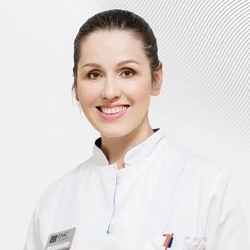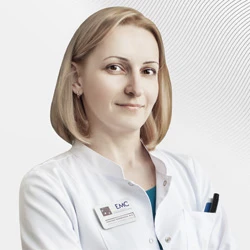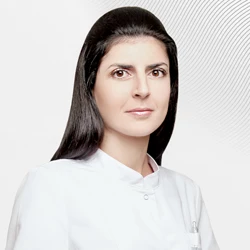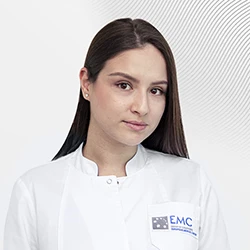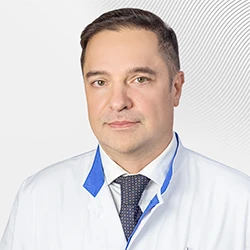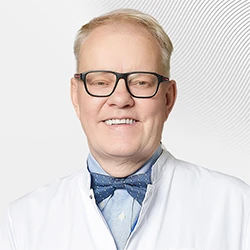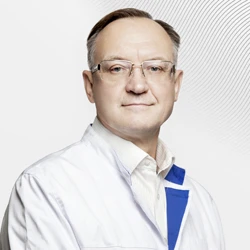In inoperable forms of cancer, in particular stomach cancer, doctors use various palliative treatment options aimed at alleviating the patient's physical and psychological condition.
We present a clinical case from the practice of doctors at the EMC Surgical Clinic.
An 80-year-old patient with a diagnosis of gastric cancer, stage 4 of the disease, with multiple metastatic lesions of the liver and lungs came to the Clinic. Surgical treatment was not possible due to the significant spread of the tumor process, the presence of distant metastases and a number of concomitant diseases. The patient experienced progressive weight loss due to the inability to eat. The examination revealed a narrowing of the gastric lumen to 4 mm.
Therapeutic tactics for this category of patients usually involve palliative care — ensuring the patency of the gastrointestinal tract and improving the quality of life. When choosing methods, they are guided by the clinical symptoms, tumor size, age and general condition of the patient. In some cases, a probe is installed that delivers liquid food to the small intestine (nasoejunal probe), through which the patient is fed, or surgically, a stoma is formed, which leads the lumen of the small intestine to the abdominal wall, through which the patient also receives special nutrition. Needless to say, how hard the patient experiences the inability to eat naturally and the discomfort associated with probe feeding. Therefore, if the clinical situation allows, to restore the patency of the stomach affected by the tumor, EMC doctors primarily consider the possibility of installing a self-expanding stent using endoscopic equipment.
Stenting of the lumen of the stomach (or other hollow organ — esophagus, intestine, etc.) is one of the most modern technologies of preparation before radical treatment to eliminate obstruction phenomena, as well as in palliative oncology. To maintain the patency of a hollow organ, in this case the stomach, a special tubular openwork device is inserted into the lumen of the organ in the area of narrowing by the tumor with an endoscopic probe, which then straightens itself, creating a "skeleton" to maintain the lumen. The size of the stent is selected individually, taking into account the size and length of the tumor. This procedure is performed by oncological surgeons together with doctors of the endoscopy department and reduces the risk of progression of obstruction and avoids the formation of intestinal stomata. EMC is one of the few clinics in Moscow that performs this operation around the clock and on an emergency basis.
The endoscopic surgery was performed under general anesthesia under X-ray control. After stenting, the patency of the affected part of the stomach was restored. The patient was given the opportunity to eat gruel-like food supplemented with special enteral nutrition. After successful stenting on the first day, the patient's condition improved significantly, and palliative chemotherapy is expected after discharge from the hospital.
Was this information helpful?
Questions and answers
Ask a Question








.webp)



